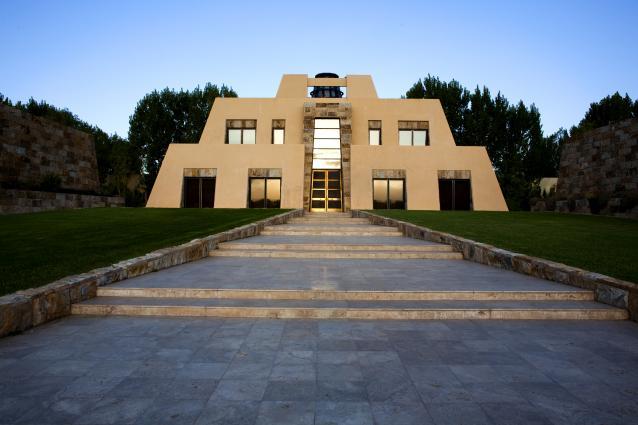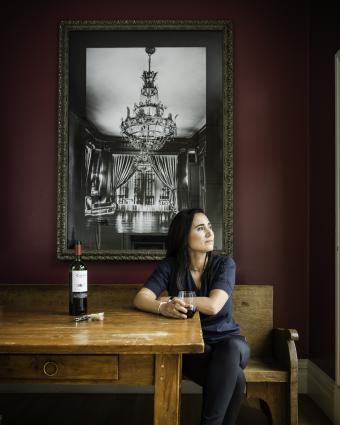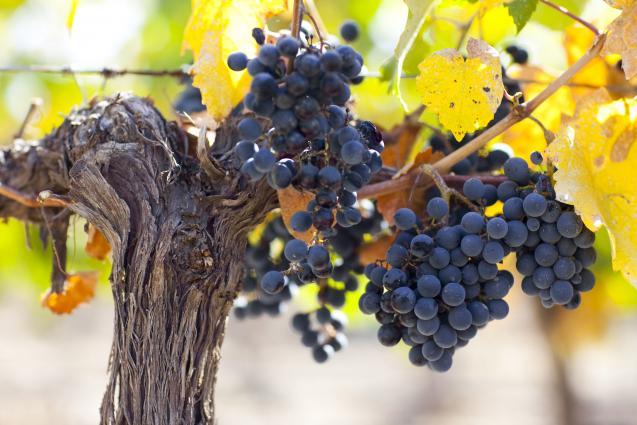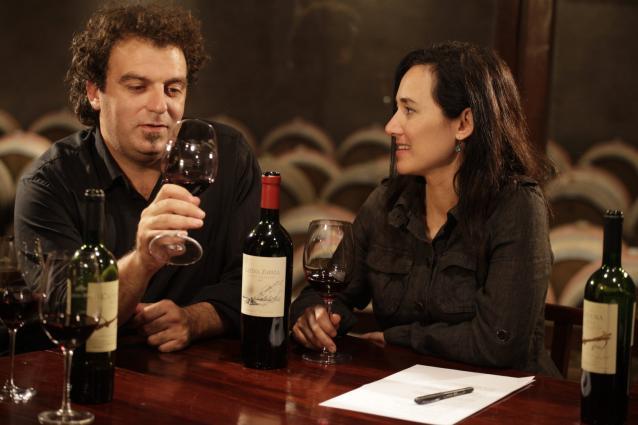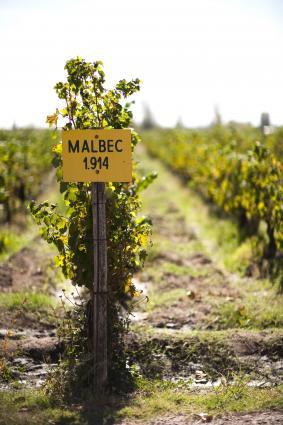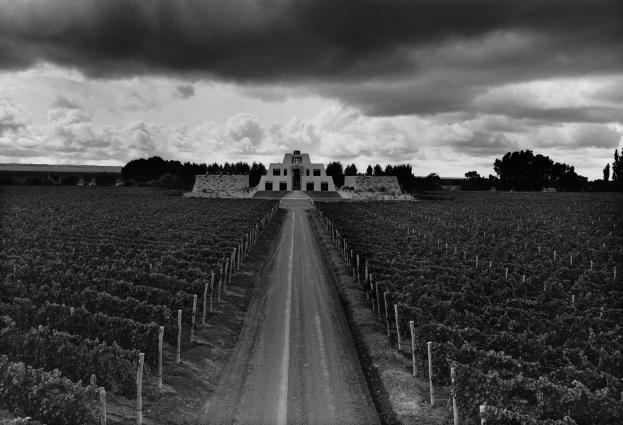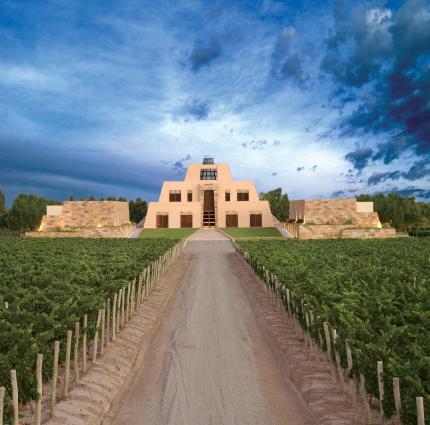Catena Zapata Adrianna Vineyard Mundus Bacillus Terrae

Wine Description
Mundus Bacillus means 'elegant bacteria' in Latin, and is named in honor of the bacteria that live in the soil in Adrianna Vineyard. Similar to research that has shown that bacteria living inside and outside the human body may help combat cancer and autoimmune disease, it is thought that bacteria living within the plants' roots may be the key to why vines are able to survive in such stressful, extreme conditions as those found in the arid and cold Adrianna Vineyard.
 Acclaim
Acclaim
 Vineyard & Production Info
Vineyard & Production Info
Vineyard name
Adrianna Vineyard
Soil composition
Calcareous and Silty-Loam
Training method
VSP
Elevation:
4,900 feet
Vines/acre:
1800
Exposure:
Northwestern
Year vineyard planted:
1992
Harvest time:
First week of April
First vintage of this wine:
2011
Bottles produced of this wine:
4,200
Average Vine Age:
22
 Winemaking & Aging
Winemaking & Aging
Maceration length:
8-13
Varietal composition:
100% Malbec
Length of alcoholic fermentation:
16 days
Fermentation temperature:
77-86 °F
Maceration technique:
Pumpovers
Malolactic fermentation:
Full
Type of aging container:
Barriques and Barrels
Size of aging container:
225 L - 500 L - 2200 L
Type of oak:
French
Length of aging before bottling:
24 months
Age of Aging Container:
Two years
Length of bottle aging:
24 months
 Analytical Data
Analytical Data
Alcohol:
14 %


